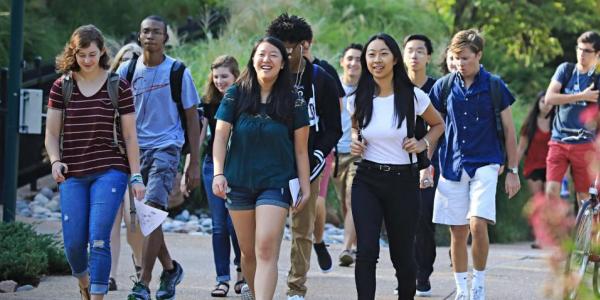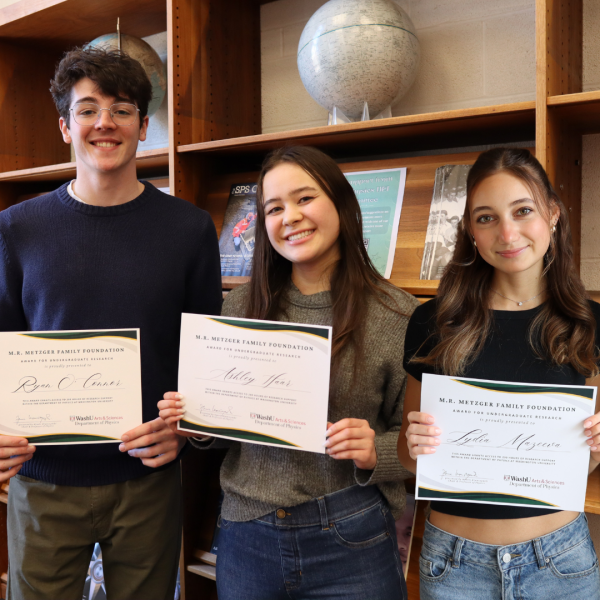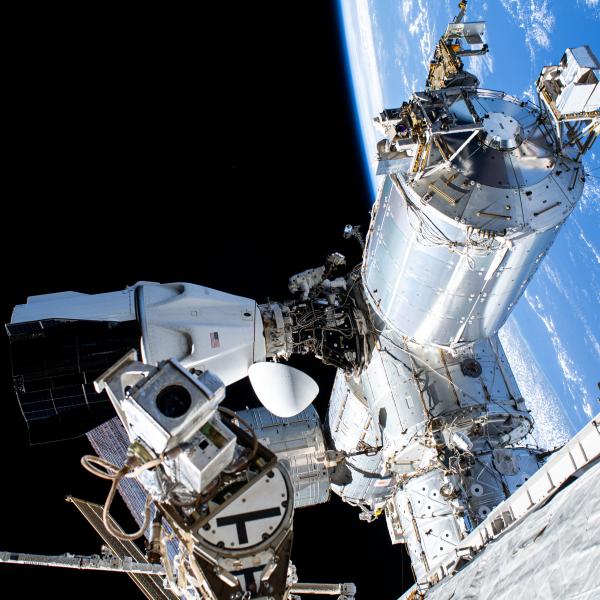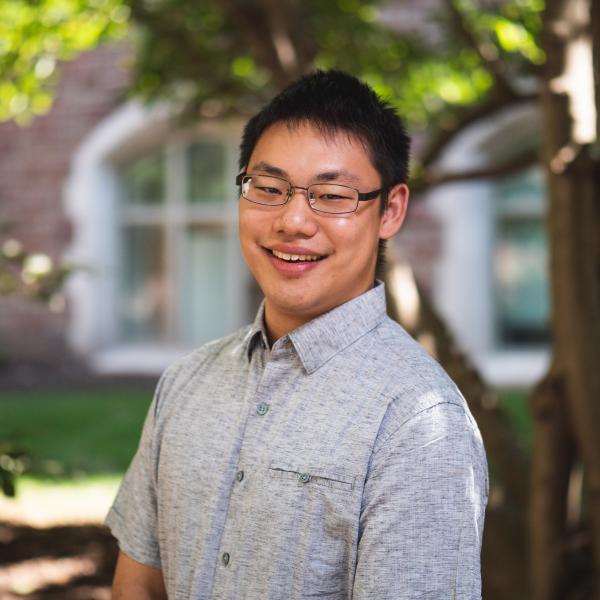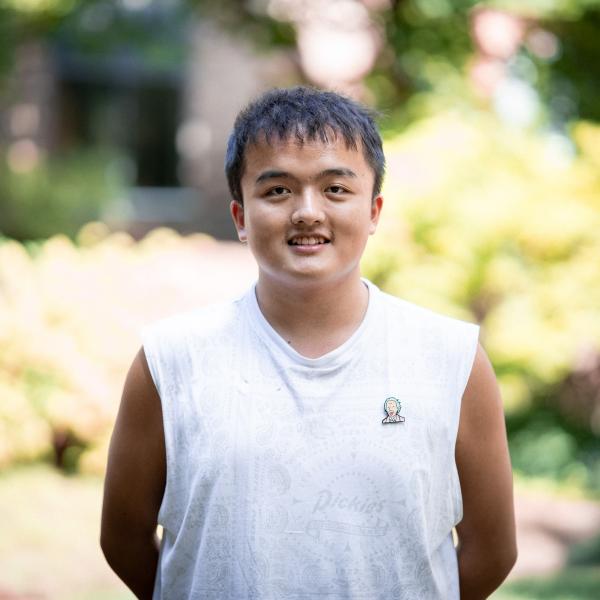The Department of Physics has awarded the first Diversity, Equity & Inclusion Summer Research Fellowships to support undergraduate students in Physics.
Byung Ha will be working in Kater Murch’s group to experimentally test the second law of thermodynamics in the dynamics of a non-Hermitian quantum system. The second law of thermodynamics, stated in the form of Jarzynski’s equality, relates work applied to a system to changes in free energy. This equality has been shown to hold even in quantum evolution, where work is characterized in terms of transition probabilities between energy states of a system. Ha will test whether this equality still holds in non-Hermitian evolution, where energies are complex and probability conservation is not guaranteed. Ultimately, Ha hopes to characterize the information content associated with any observed deviations from the equality, helping extend the field of quantum thermodynamics beyond fundamental assumed symmetries of quantum mechanics.
One of the great challenges in biophysics is accurately measuring physical properties, such as temperature, at subcellular resolution. Gianna Glenn (Class of 2023) will spend the summer in Shankar Mukherji's lab to establish experimental methods to carry out subcellular temperature measurements using nitrogen vacancy (NV) centers in nanodiamonds as a tiny thermometer. Gianna will first establish protocols to coax cells to transport nanodiamonds supplied in their environment into the cellular interior. Upon successful completion of this crucial step, Gianna will work in collaboration with her Crow Hall neighbors in the group of Erik Henriksen to leverage the exquisite temperature and spatial sensitivity of NV centers in nanodiamonds to map temperatures in the vicinity of the various compartments that make up individual cells.
William Ho will work with Manel Errando on the optimization and calibration of high-purity germanium detectors for future nuclear astrophysics missions. When operated at low temperatures, below -170 C, germanium crystals can detect gamma-ray photons with energy resolution of just a few keV. This response enables the study of nuclear lines of astrophysical origin such as 26-Al and 60-Fe produced in massive stars, and the 511 keV line resulting from annihilation of positrons whose origin still remains controversial.
Congratulations to all three students! More information on the DEI Fellowship.

